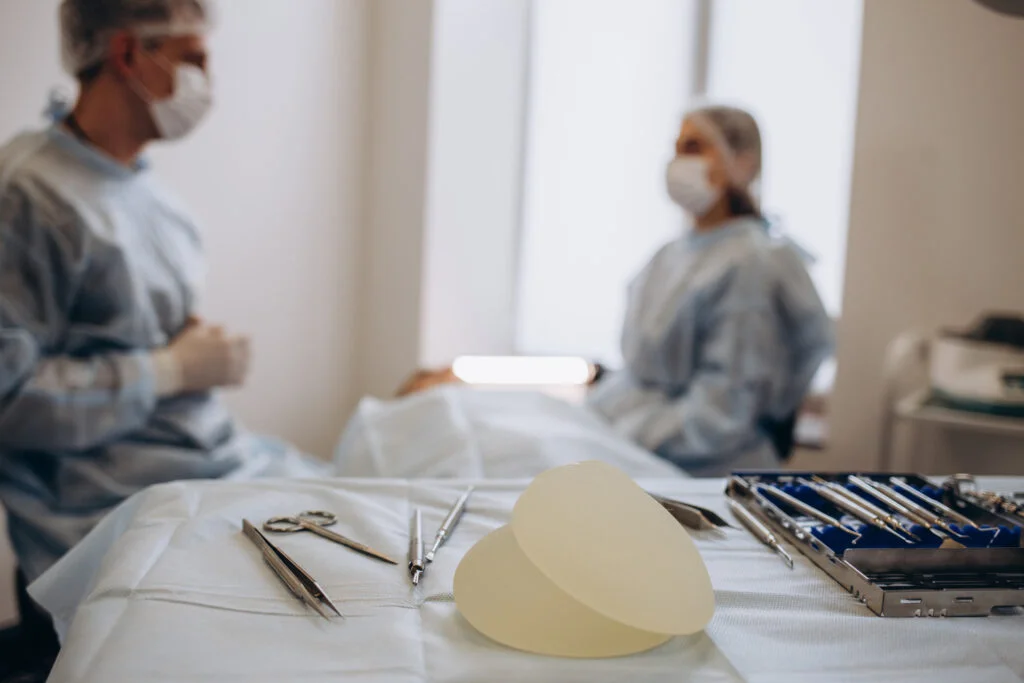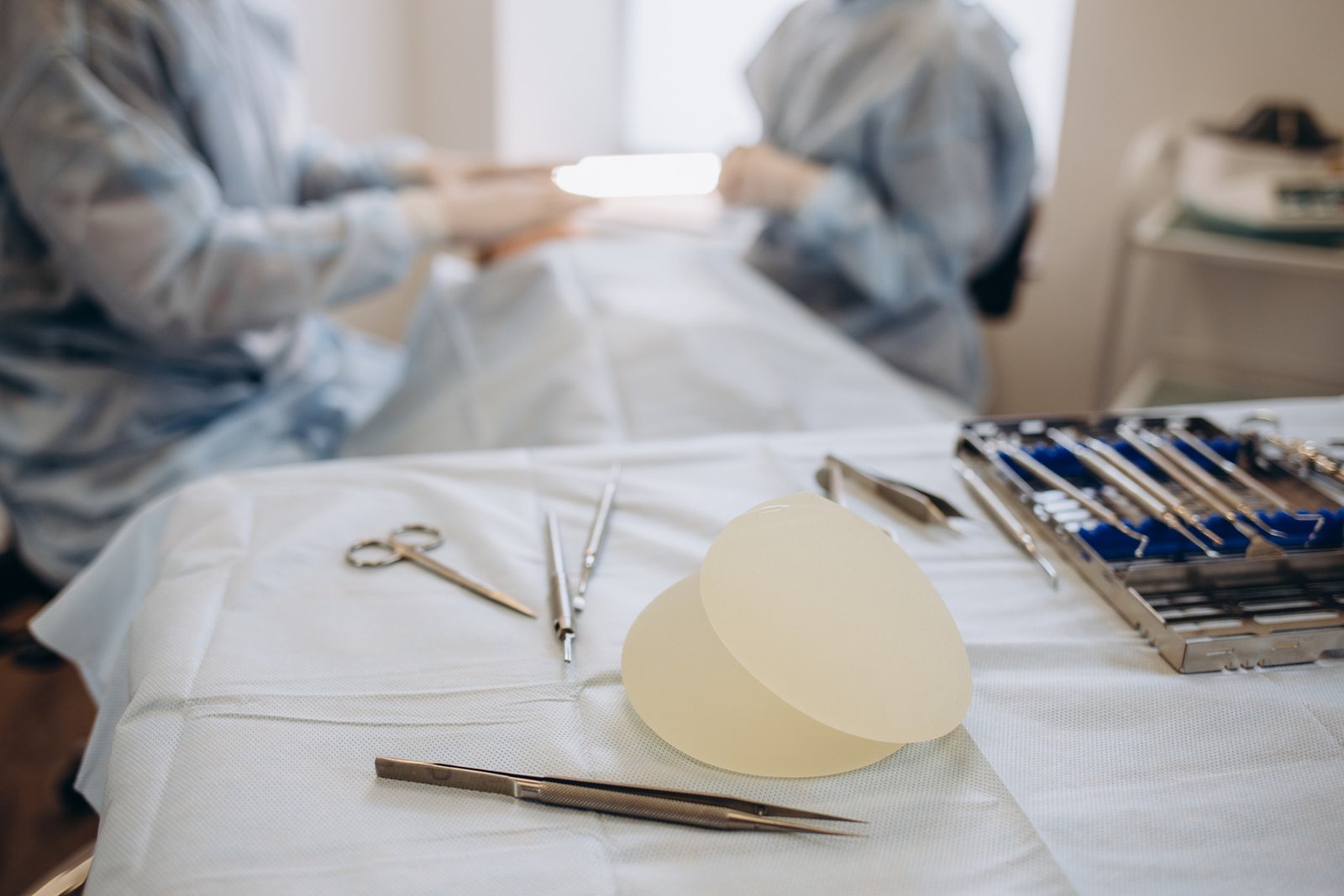Breast augmentation is a procedure done to alter the size and shape of a woman’s breasts. It involves the use of breast implants or fat transfer techniques to increase volume and achieve a desired aesthetic outcome. This popular cosmetic procedure has gained significant attention over the years, and it remains one of the most commonly performed surgeries worldwide.
Procedure Overview
Breast augmentation typically begins with a comprehensive consultation between the patient and a board certified surgeon. During this discussion, the surgeon evaluates the patient’s medical history, performs a physical examination, and discusses the patient’s goals and expectations. This initial step helps ensure that breast augmentation is the right choice for the patient.
The surgery itself is usually performed under general anesthesia and takes approximately one to two hours. The surgeon makes an incision, commonly in the crease beneath the breast, around the areola, or in the armpit. The choice of incision location depends on factors such as the patient’s anatomy, implant type, and surgeon’s preference.
After creating the incision, the surgeon creates a pocket either behind the breast tissue or beneath the chest muscle. The implant is then carefully inserted into the pocket and positioned to achieve the desired shape and symmetry. Once the implants are in place, the incisions are closed with sutures, and the breasts are bandaged to support the healing process.

Implant Types
Breast implants used in augmentation procedures are typically composed of either silicone gel or saline solution. Silicone gel implants have a soft, natural feel and are pre-filled before insertion. Saline implants, on the other hand, are inserted empty and then filled with sterile saline solution, allowing for adjustments in size during surgery. Discuss with the surgeon the benefits and drawbacks of each option to determine which should be used during the augmentation procedure.
Recovery and Results
Following breast augmentation surgery, patients may experience temporary discomfort, swelling, and bruising. Pain medication and proper post-operative care instructions are provided to manage these symptoms. It is crucial to follow the surgeon’s guidelines regarding physical activities, wearing a supportive bra, and attending follow-up appointments to ensure a smooth recovery process.
The final results of breast augmentation may not be immediately apparent due to swelling and the time required for the implants to settle into their proper position. As the healing progresses, the breasts will gradually assume a more natural shape and feel. Patients often report increased confidence and satisfaction with their new breast size and improved overall body proportions.
Considerations and Risks
While breast augmentation is generally safe, it is essential for patients to understand the potential risks and complications associated with the procedure. These include infection, bleeding, scarring, implant rupture, changes in nipple sensation, and the need for additional surgeries in the future. Patients should have realistic expectations and engage in open and honest communication with their surgeons to minimize any potential risks.
Breast augmentation is a transformative surgical procedure that can enhance a woman’s body image, self-esteem, and overall quality of life. By choosing a skilled and experienced plastic surgeon, carefully considering implant options, and maintaining realistic expectations, individuals can achieve beautiful and satisfying results. However, thorough research and consultation with a medical professional are vital before making the decision to undergo breast augmentation surgery. Some women may find they need to consider other options, and the surgeon can be of help with this.


















